Applied anatomy and physiology
Muscular system - Eduqas
This system is mainly concerned with producing movement through muscle contraction. This section explores the different types of muscles in our body and their involvement in sporting activities.
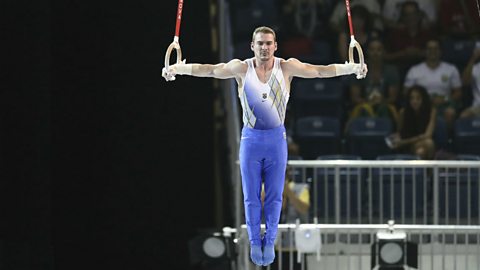
Skeletal system - Eduqas
The skeleton is the central structure of the body and is made up of bones, joints and cartilage. The skeleton provides the framework for muscles and gives the body its defined human shape.
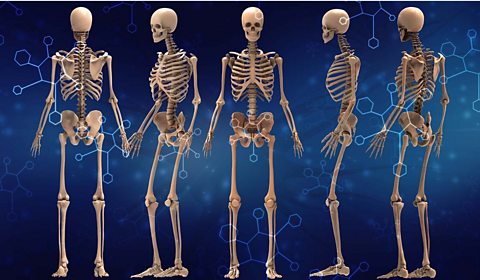
Cardiovascular system - Eduqas
The cardiovascular system is made up of three main parts - the heart, the blood vessels and the blood that flows through them.
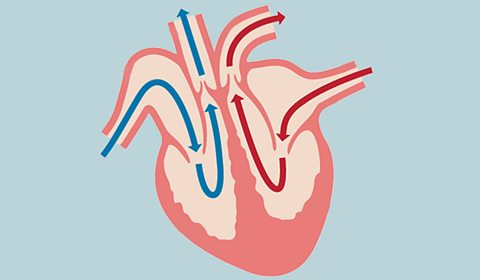
Cardio-respiratory system - Eduqas
The respiratory system transports oxygen from the air we breathe, through a system of tubes, into our lungs and then diffuses it into the bloodstream, whilst carbon dioxide makes the opposite journey.
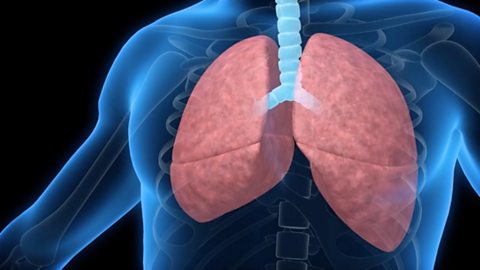
Aerobic and anaerobic exercise - Eduqas
Depending upon whether the body uses oxygen or not in order to perform physical activities determines if the activity is aerobic (with oxygen) or anaerobic (without oxygen).
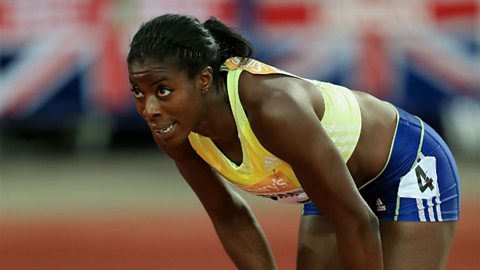
Long and short term effects of exercise - Eduqas
During exercise the body systems respond immediately to provide energy for the muscles to work. After regular and repeated exercise, these systems adapt to become more efficient.
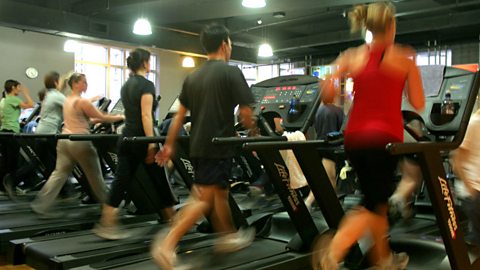
Movement analysis in sport - Eduqas
To help people understand the different types of movement in sport, specific terminology is used so that it is clear exactly what types of movements have taken place in order to analyse that movement.
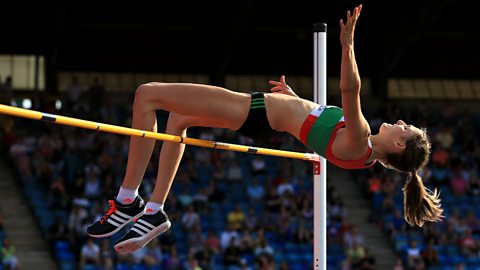
Links
- External linkExternal link
- External linkExternal link
- External linkExternal link
- External linkExternal link
- External linkExternal link